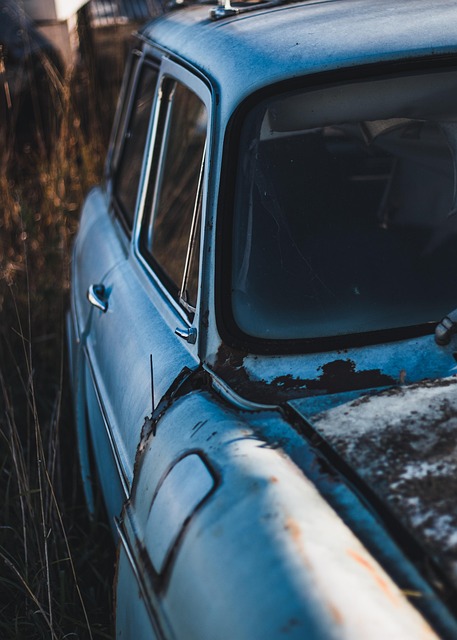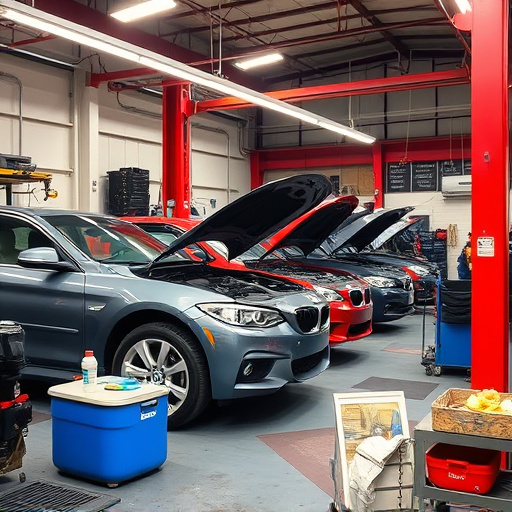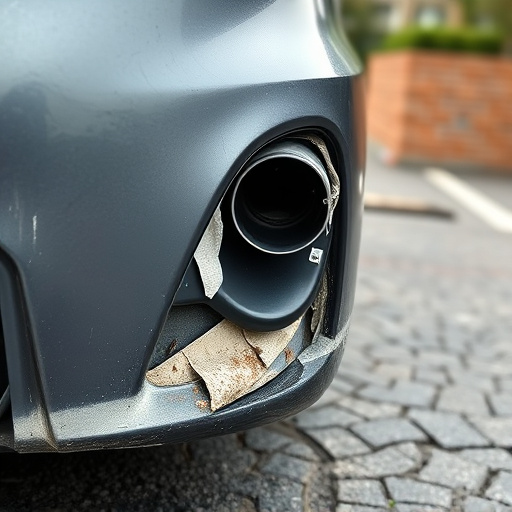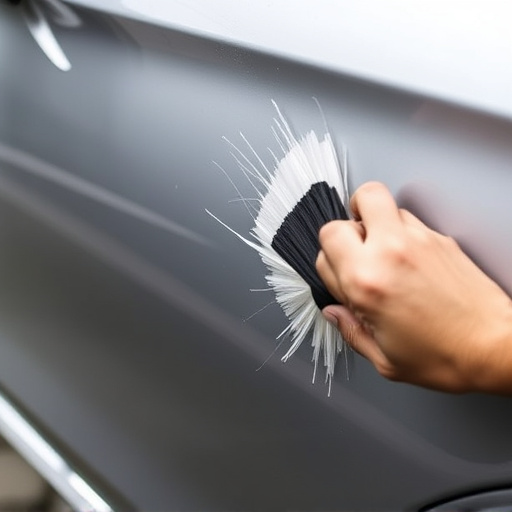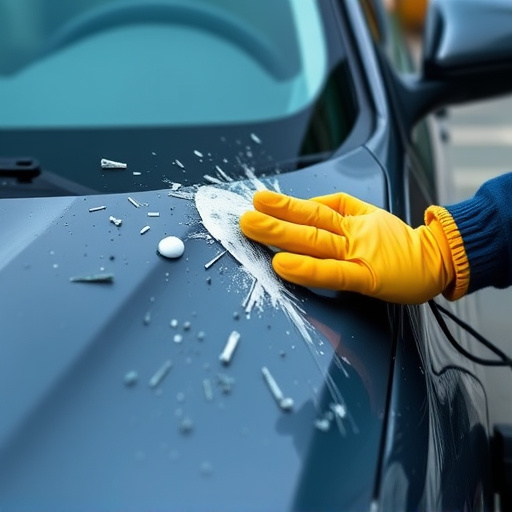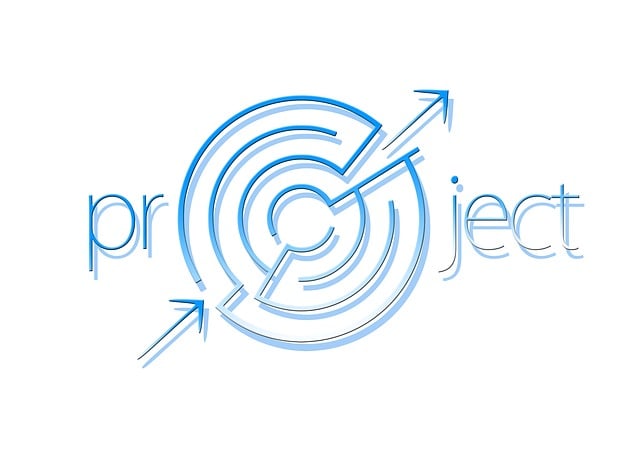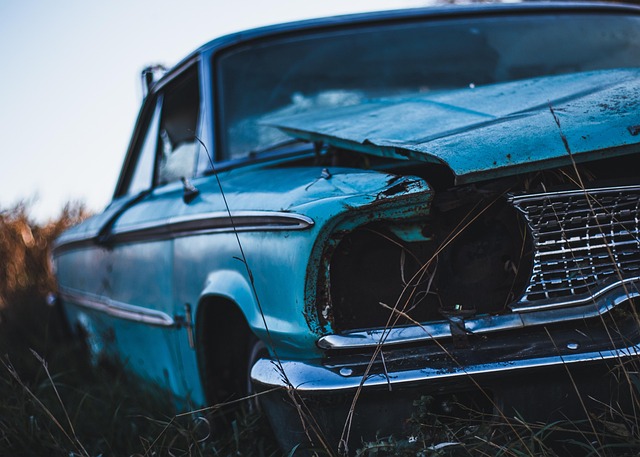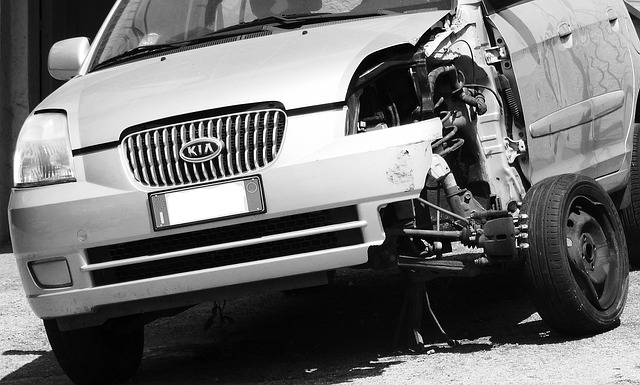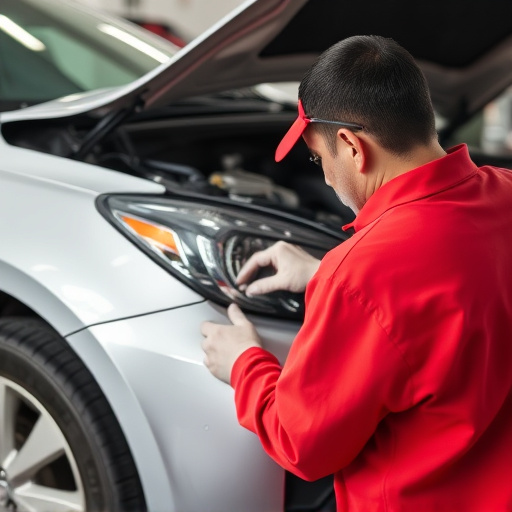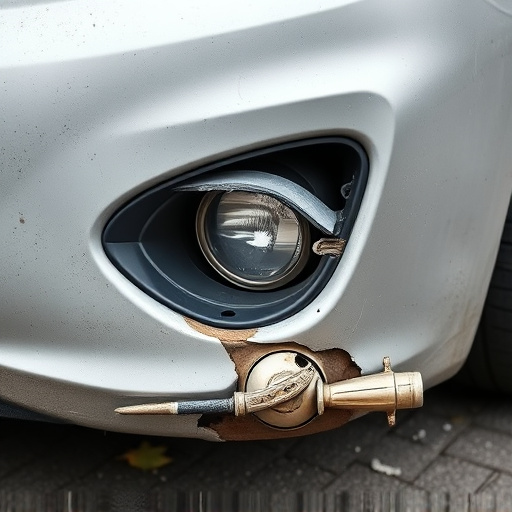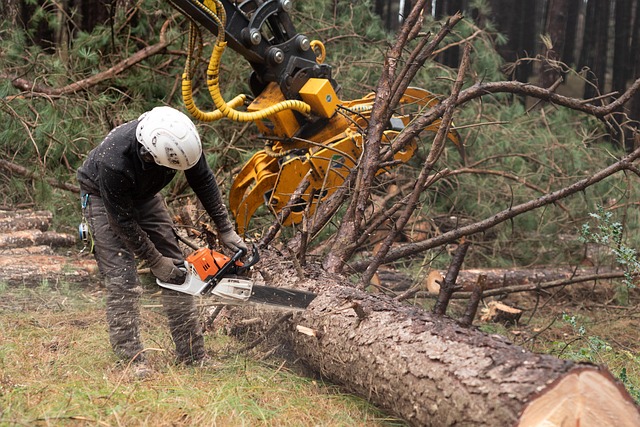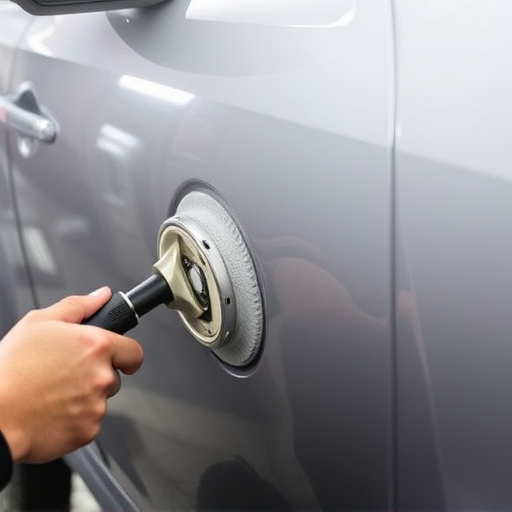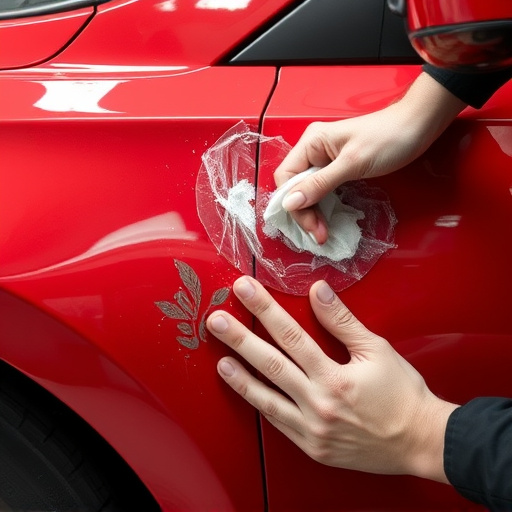Pickup truck body repair has a rich history dating back to the 20th century, evolving from labor-intensive processes to modern techniques using advanced tools like robotic welding, precision sanders, and computer-aided painting (CAB). These innovations significantly improve aesthetics, reduce restoration time, and enhance longevity, addressing diverse repair needs from minor cosmetic fixes to major structural repairs. Today's pickup trucks, beloved in American culture, benefit from streamlined, high-quality body repair services that keep them reliable and in top condition.
Pickup trucks, synonymous with American automotive culture, have undergone a significant evolution. As their popularity soared, so did the demand for reliable pickup truck body repair services. From rustic workshops to high-tech facilities, this journey reflects the industry’s adaptation to modern needs. This article delves into the transformation of pickup truck body repairs, from traditional methods to contemporary practices, focusing on efficiency and sustainability while exploring technological advancements like computer-aided design (CAD) and innovative materials.
- The Early Days of Pickup Truck Body Repair
- – Brief history of pickup trucks and their growing popularity
- – Traditional repair methods used in the past
The Early Days of Pickup Truck Body Repair
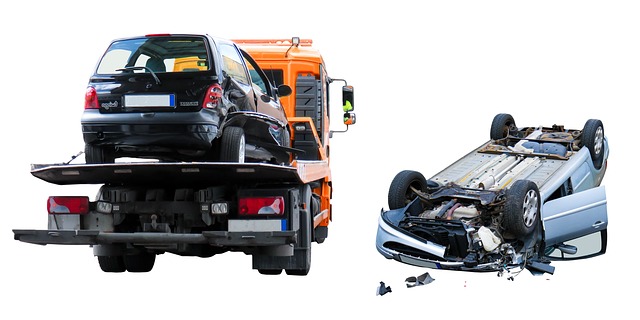
In the early days, pickup truck body repair was a specialized craft that emerged alongside the proliferation of pickup trucks themselves. As these versatile vehicles became staples for businesses and individuals alike, the need for reliable and durable bodies grew. This era saw the foundation of many local repair shops, often characterized by makeshift workshops and a deep understanding of the unique challenges posed by pickup truck construction. Auto maintenance was a hands-on affair, with mechanics employing simple tools and techniques to fix dents, scratches, and minor structural damage. The focus was on functionality, ensuring these workhorses could hit the roads again without compromising safety or performance.
The evolution of pickup truck body repair mirrored the broader automotive industry’s transformation. With advancements in technology and materials, the process became more sophisticated. Modern tools like impact wrenches and laser measuring devices have revolutionized auto detailing, allowing for precise repairs and meticulous finishes. Moreover, dent removal techniques have evolved from clamping and hammering to advanced paintless repair methods, minimizing restoration time and costs. These developments not only enhance the aesthetics of pickup trucks but also contribute to their overall longevity and resale value.
– Brief history of pickup trucks and their growing popularity
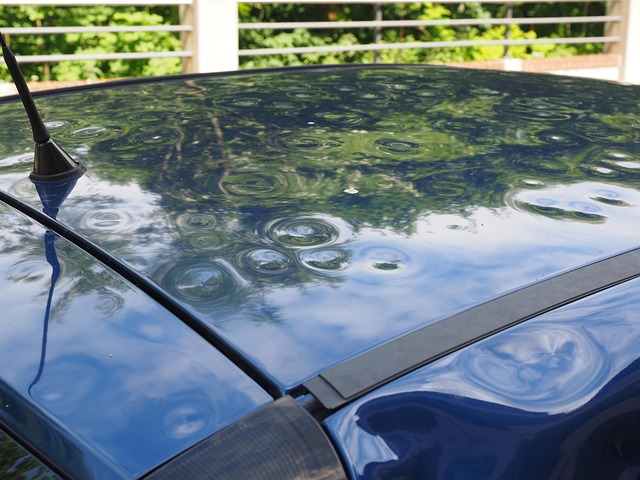
Pickup trucks have been a staple of American automotive culture since the early 20th century. Initially designed for work and agriculture, they evolved to meet the needs of everyday consumers, becoming synonymous with versatility, strength, and ruggedness. Their growing popularity can be attributed to their ability to handle diverse tasks, from towing heavy equipment to hauling household goods, making them a preferred choice for both personal and professional use.
As pickup trucks gained traction, so did the demand for specialized services, including pickup truck body repair. With time, auto repair shops started catering specifically to these unique vehicles, understanding their distinct needs and features. This evolution has led to the rise of vehicle body shops that offer expert services tailored for pickup trucks, ensuring they remain reliable and in top condition, catering to both minor cosmetic fixes and major structural repairs.
– Traditional repair methods used in the past
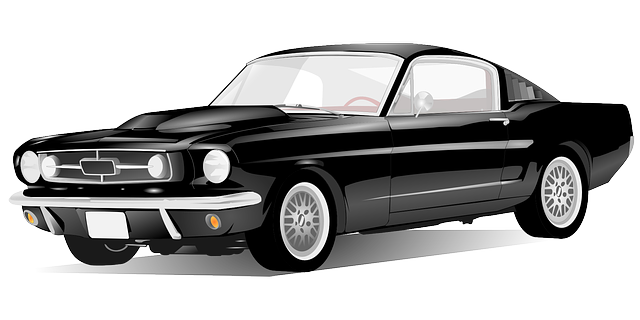
In the past, pickup truck body repair services relied on traditional methods that were often labor-intensive and time-consuming. These involved manual welding, painting, and body panel replacement, with little to no advanced technology or tools. Mechanics would meticulously sand, prime, and repaint damaged areas, a process that required precision and expertise to match the original factory finish. Even minor dents or scratches meant lengthy repairs, during which the vehicle was out of commission, causing significant inconvenience for truck owners who relied on their vehicles for work or daily commuting.
The evolution of pickup truck body repair has seen a shift towards more efficient and effective techniques. Today, advanced tools like robotic welding systems, precision sanders, and computer-aided painting (CAB) have revolutionized the industry. These innovations enable faster, more accurate repairs, including specialized services such as car scratch repair and vehicle dent repair. CAB ensures consistent color matching across vast areas, while advanced sanding technology reduces the time spent on laborious manual sanding. This not only enhances the quality of auto body repair but also streamlines the process, getting vehicles back on the road in a fraction of the time compared to traditional methods.
Pickup truck body repair services have undergone a remarkable evolution, mirroring the increasing demand for these versatile vehicles. From the early days of simple, manual repairs to today’s advanced technologies, the industry has adapted to meet the needs of modern drivers. As pickup trucks continue to be a staple in many households and businesses, access to efficient and specialized pickup truck body repair will remain essential, ensuring these workhorses remain on the road for years to come.
